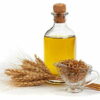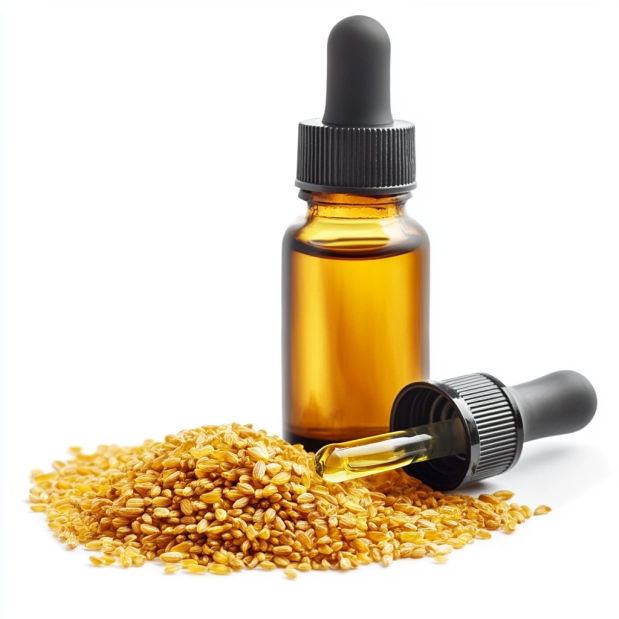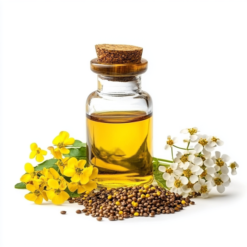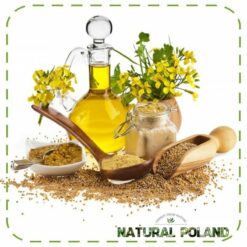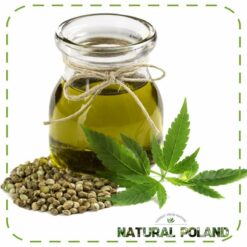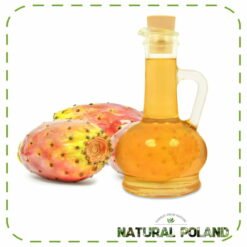FATTY ACIDS COMPOSITION
| ACID NAME | C-CHAIN | RANGE (%) | RESULTS method: PB-191/LF |
|---|---|---|---|
| LESS | < C16:0 | ||
| PALMITIC | C16:0 | 3,0-9,0 | 5,4 |
| PALMITOLEIC | C16:1 | ||
| STEARIC | C18:0 | 1,0-7,0 | 4,2 |
| OLEIC | C18:1 | 15,0-29,0 | 20,2 |
| LINOLEIC | C18:2 | 19,0-29,0 | 23,8 |
| LINOLENIC | C18:3 | 30,0-39,0 | 36,1 |
| LINOLENIC (GLA) | C18:3 | ||
| ICOSANOIC | C20:0 | 1,0-5,0 | 2,5 |
| ICOSENOIC | C20:1 | ||
| DOCOSANOIC | C22:0 | ||
| ERUCIC | C22:1 | 3,0-9,0 | 6,8 |
| TETRACOSANOIC | C24:0 |
Thanks to its high vitamin E content, Camelina Sativa seed oil is a powerful antioxidant. It supports the immune system and reduces the risk of heart attacks. Additionally, it protects against conditions linked to cognitive impairment, such as Alzheimer’s disease, as well as eye problems and inflammation-related nerve damages. Other benefits include liver support, reduced cholesterol, regulated blood sugar level and improved concentration.
In the cosmetic industry, Camelina Sativa seed oil is applied during massages to moisturize the skin and prevent it from dehydration. Apart from that, the substance can be used in hot oil treatments for hair.
Camelina Sativa seed oil is a clear, transparent liquid with a small amount of residue. It comes in colors ranging from golden to reddish-brown. The shade depends on the variety of applied Camelina Sativa (spring or winter).


